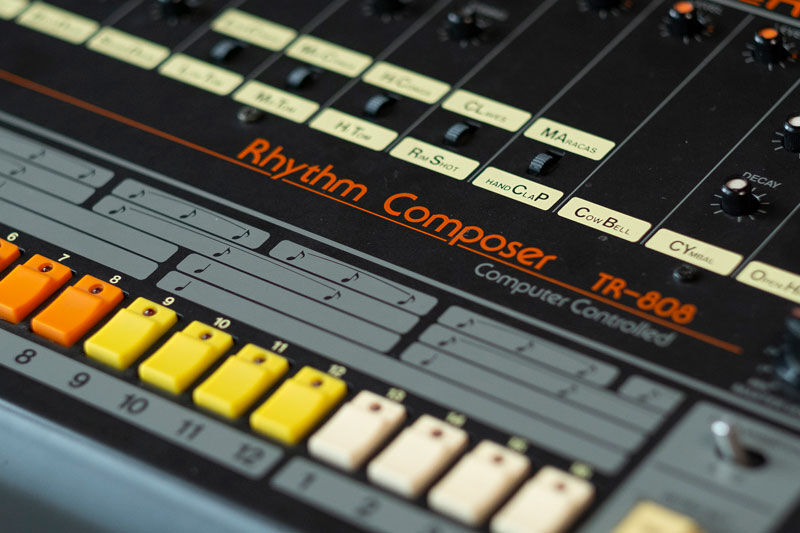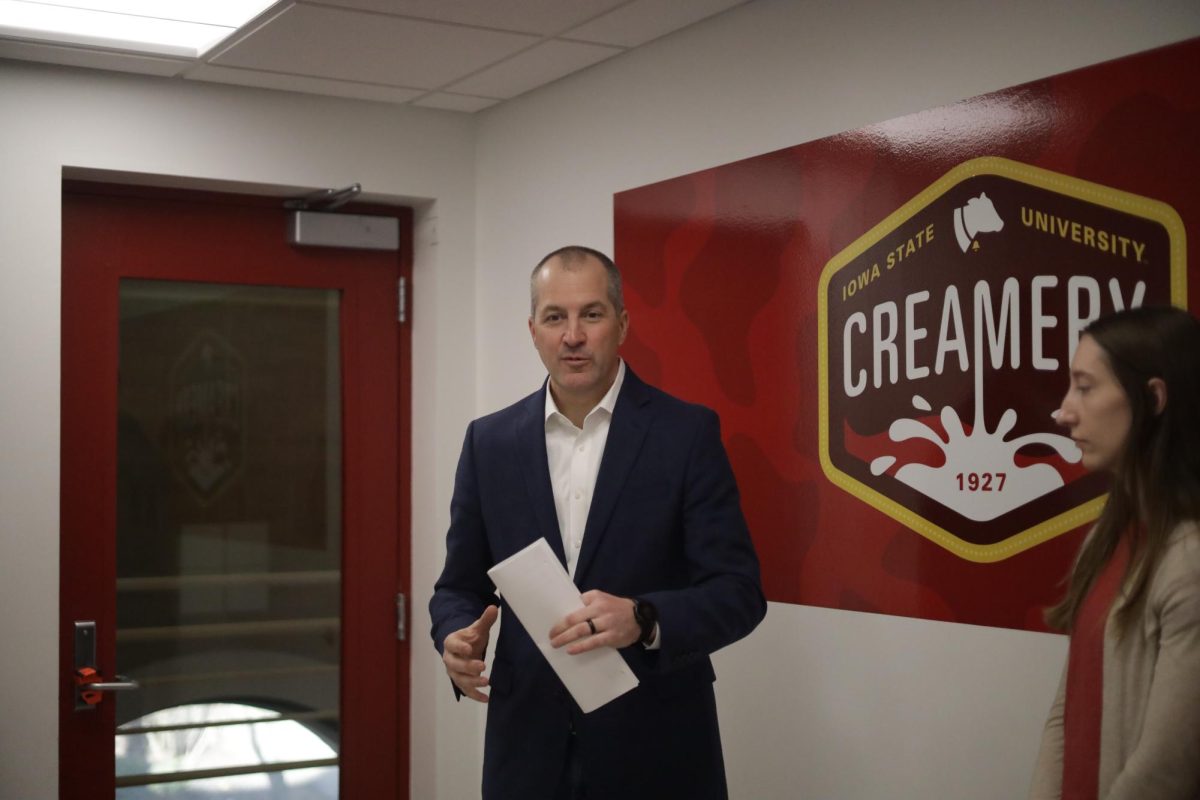Shiralkar: The 808 phenomenon
December 13, 2020
In the 1960s, the Japanese company Ace Tone manufactured a new type of machine — an organ with a built-in drum machine. American musician Don Lewis was commissioned to demonstrate the product. Somewhat of a mad scientist and a pioneer of his time, Lewis went ahead and managed to produce a seemingly ridiculous amount of sounds from the machine, going far beyond the scope of the instrument’s default presets. Impressed by this feat, the president and founder of Ace Tone, Ikutaro Kakehashi, would later form Roland and bring Lewis on board as principal designer.
With Lewis at the helm, the Roland TR-808 was developed and launched in 1980 to poor reception. Professional music producers of the time dismissed it, calling it too simplistic, too synthetic. The TR-808 was actually quite revolutionary — users could experiment with its sounds and fine-tune parameters like decay and pitch. But there was one problem. It didn’t sample any realistic sounds like the other drum machines of that era. The TR-808 kick sounded like a punchy thud, unlike any drum, while the snares were snappy and harsh. It was a synthesizer in a sampler era; a flop.
The commercial failure of the TR-808 paved the way for its rival, the Linn LM-1. The LM-1 boasted of digital sampling capabilities, making it into the mainstream spotlight rather effortlessly. But priced at a cool $5,000, it was an expensive item. For indie producers at that time, the TR-808 was a more attainable instrument, costing less than a thousand dollars. As producers began probing the TR-808 for unique, interesting sounds, its deep, booming bass drum sound began to gather recognition around the world.
Modern producers refer to this deep, sometimes bouncy, full bass sound as an “808 sample” or simply “808.” Mainstream pop in the 1980s remained indifferent to the 808, till eventually Roland shelved it in 1984. Apart from a few pop hits here and there (like Marvin Gaye’s “Sexual Healing“), the 808 didn’t really show up in the mainstream for a while. It made its way from the underground hip-hop scene, into Southern rap subcultures, finally sliding back into the mainstream in the 21st century.
With Kanye West’s groundbreaking production on “808’s and Heartbreak,” an album that would change the course of modern hip-hop, the 808s were back in the spotlight. Riding this wave of fresh forays into digital production, musicians then went on to tweak the 808 beautifully, breathing life into tracks with a wavy, electronic pulse. Even now, underground producers continue to experiment with the 808 bass sound, distorting and stretching it into unusual waveforms.
The TR-808 was never designed to be a mainstream instrument — it was originally intended to be a simple demo maker for rock artists, a simple behind-the-scenes practice tool. Today, it can be compared to the influential rock instrument Stratocaster in its impact on the hip-hop scene. Here’s an instrument that comes from humble beginnings, the simple manifestation of an artist’s curiosity and a few wires ripe for the tinkering. Though artificial, the melodic throb of the 808 is comforting to the ears, and rightly so. Wash your hands and wear a mask.







